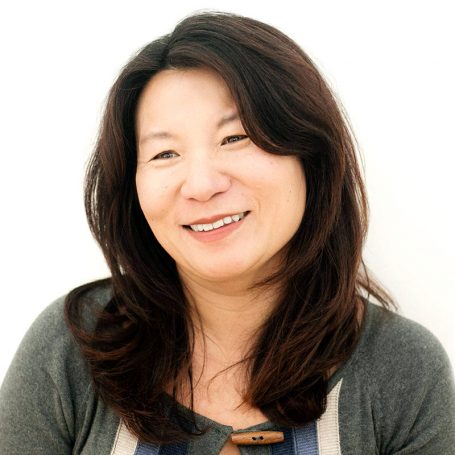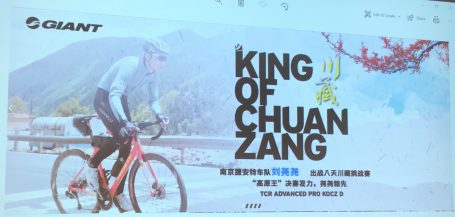Matt Slade & Jasmine Sears
Hey all, Matt and Jasmine here. Matt is a rising sophomore studying International Relations and Jasmine is a sophomore studying Environmental Studies. Today was one of the last days before we leave for China. It’s hard to believe that we’ll be there so soon – the time has really flown by.
We began with a short discussion regarding transportation to the airport and currency exchange. We’re in the final stretch in LA so we really need to get things squared away soon. We then gave short presentations about the advertisement we chose for our two-page paper. Since Professor Sheehan did not want us to worry about discussing our ideas in front of the class, he did not tell us this was going to happen. So after a little hesitation, we got into it. It was really interesting seeing all the different products and ads from the various members of the different groups. I could see that everyone was using the analytical tools we have been learning in class and applying them to the assignment. Below are pictures of our two slides and the ads we have chosen.
After this activity, we moved onto our lecture about globalization and China from 1975 to the present. These decades are commonly referred to as the “golden age” of globalization, and for good reason! The rise of the internet and the end of the cold war really facilitated an expansion of international connections and movements. Professor Sheehan made sure to note the drawbacks to globalization and its features as well, such as economic recession and environmental degradation. We discussed the rise of China from the Maoist period and the transition to a more open country that engaged in the international community, as seen through participation in the Olympic games of 1984 (just blocks away at the Coliseum!) and inclusion in the United Nations Security Council. Even with these changes and reforms, it’s important to note important events like the Tiananmen Square demonstrations and ensuing massacre in 1989. With that, we finished lecture and moved on to a discussion of the readings.
We discussed the final two chapters of LiAnne Yu’s book, Consumption in China: How New Consumer Ideology is Shaping the Nation (China Today). The sixth and penultimate chapter, “Awareness” focused on changing Chinese morality, patriotism, degrading environmental conditions, consumer rights, censorship, and theoretical considerations. In discussing this chapter in class, there emerged an extended debate regarding whether or not a public sphere has developed in China. “Team Emma” argued that an effective public sphere had not yet emerged, while “Team Noah” argued that there was a public sphere. Some students, like Megan, were somewhere in between each side, believing that a public sphere did exist, though not in a traditional form that we see in America. Furthermore, some students discussed their interpretations of and concern with other components of the chapter, such as the worrisome amount of unregulated food production, anthropogenic impacts on the environment, and apparent declining moral state of the country. Some were impressed by netizens’ utilization of the Internet to manifest public discussion despite censorship in some aspects by the state. Furthermore, we looked at Yu’s concluding chapter on “Consumption with Chinese Characteristics.” In doing so, some disagreement ensued over whether the conclusion was sufficiently effective in wrapping up the book.
Finally, the class ended with an exam, where Professor Sheehan asked us to analyze an advertisement for a Taiwanese company’s product, Giant Bicycles.





